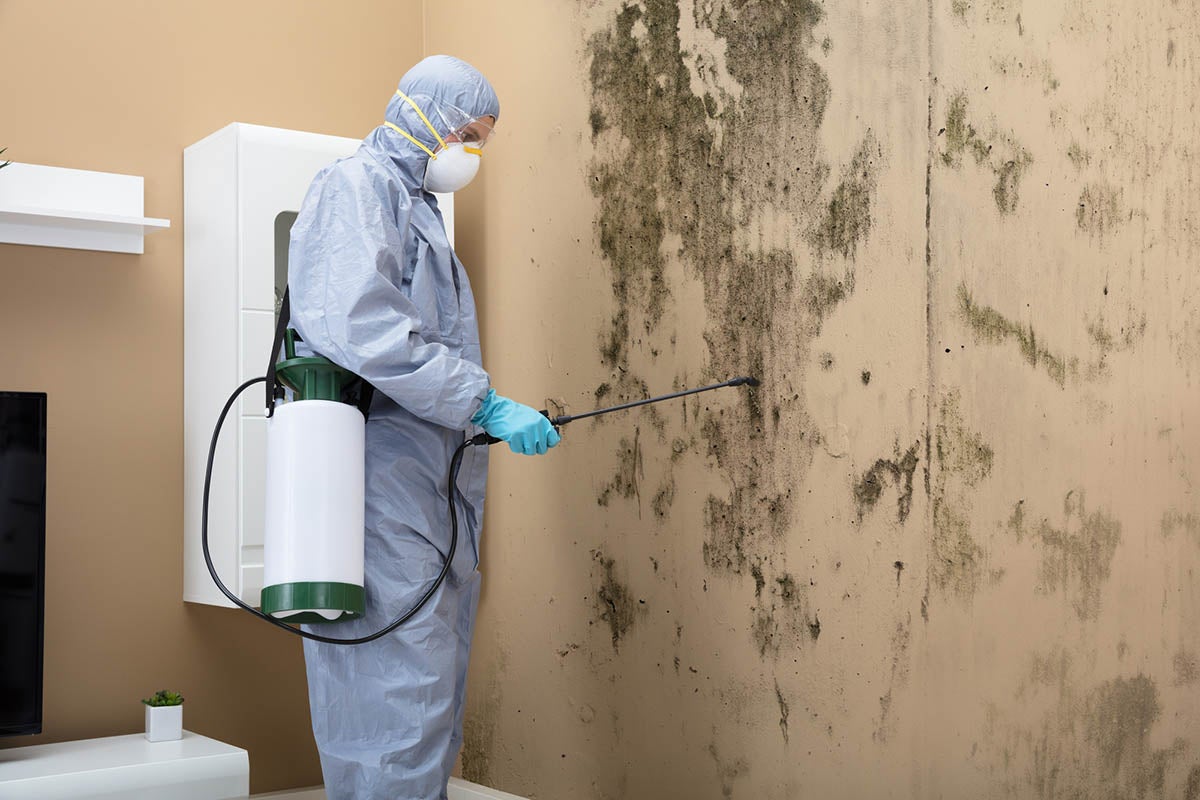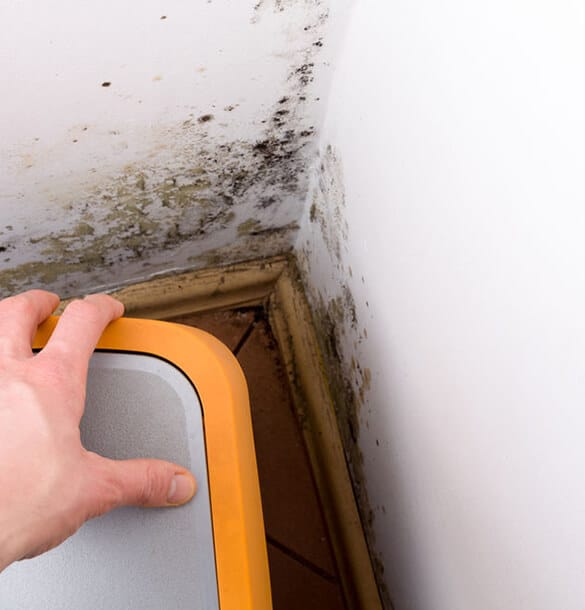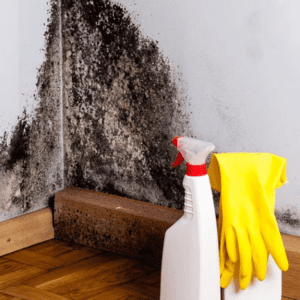After Mold Remediation Techniques for Clean Spaces
Your Ultimate Guide to Article Mold Remediation Techniques
In the results of mold problem, understanding just how to efficiently get rid of the mold and stop its reoccurrence is paramount for keeping a healthy interior environment. From choosing the appropriate cleaning and sanitizing approaches to executing methods for long-term mold avoidance, each action in the remediation trip plays a vital duty in making sure an effective outcome.
Comprehending Post-Mold Removal Refine
After completing the mold and mildew removal procedure, it is critical to understand the post-mold remediation methods that are needed to make sure a reliable and thorough cleanup. Once the mold has been removed, the following action involves cleaning and sanitizing the influenced areas to stop any type of regrowth of mold and mildew. This includes using specialized cleansing representatives to wipe down surface areas and kill any remaining mold and mildew spores. It is vital to dry the area entirely to dissuade the growth of mold and mildew in the future (After mold remediation). Correct ventilation and dehumidification can assist in this process.
Furthermore, conducting a last examination post-remediation is essential to ensure that all mold and mildew has actually been efficiently gotten rid of. If the examination discloses any kind of remaining mold and mildew, extra remediation may be needed.
Efficient Cleaning Up and Decontaminating Methods

Preventing Future Mold Growth

Significance of Proper Air Flow
Appropriate ventilation plays a vital duty in stopping moisture build-up, an essential factor in mold and mildew growth within interior environments. Reliable ventilation systems aid eliminate excess humidity from the air, minimizing the possibilities of mold and mildew spores discovering the moisture they require to germinate and spread. Without adequate air flow, interior areas can become a reproduction ground for mold, resulting in possible health risks and architectural damage.
By ensuring appropriate air blood circulation, air flow systems can also assist in drying damp areas quicker after water damages or flooding events, better discouraging mold and mildew development. After mold remediation. In spaces like shower rooms, basements, kitchen areas, and attics where wetness degrees often tend to be greater, mounting and keeping effective ventilation systems is important in protecting against mold and mildew infestations

Tracking and Maintenance Tips
Given the crucial function that appropriate air flow plays in protecting against mold and mildew development, it is vital to develop effective tracking and maintenance suggestions to make sure the ongoing performance of air flow systems. Tracking humidity levels within the residential or commercial property is also important, as high humidity can contribute to mold development. By remaining aggressive and conscientious to the problem of ventilation systems, home owners can efficiently reduce the risk of mold regrowth and keep a healthy and balanced indoor environment.
Conclusion
To conclude, post-mold removal strategies are necessary for ensuring a risk-free and clean environment. Understanding the procedure, implementing reliable cleansing and sanitizing techniques, preventing future mold growth, see it here keeping appropriate ventilation, and normal tracking are all important action in the removal process. By following these standards, you can successfully remove mold and mildew and prevent its return, advertising a healthy living or functioning area for all occupants.
In the results of mold infestation, recognizing exactly how to effectively remove the mold and avoid its reoccurrence is paramount for keeping a healthy interior atmosphere. As soon as the mold has been gotten rid of, the next action involves cleansing and disinfecting the impacted locations to stop any regrowth of mold - Post Mold Remediation Report. After removing noticeable mold and mildew growth, it is critical to clean up all surface areas in the damaged area to get rid of any kind of remaining mold spores. To additionally boost mold prevention steps, it is crucial to address underlying problems that at first led to mold and mildew growth.Given the crucial function that appropriate air flow plays in preventing mold growth, it is critical to establish effective monitoring and maintenance ideas to make certain the ongoing capability of air flow systems